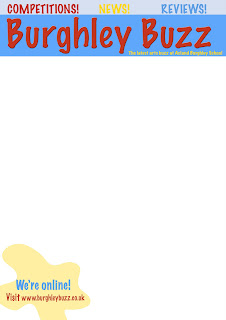I asked a selection of people what genre they thought the magazine covered, the publication's purpose and intention and who they thought the target audience were simply by looking at the cover and contents page. In response to these questions, they were asked to consider features of my magazine front cover and contents pages and make remarks on aspects such as colour scheme, typography, photography etc.
How did they respond?
Genre: To the audience, the cover didn't seem to reflect 'indie' or electro music, as they suggested the colours and people photographed meant the magazine was about a different genre of music. They could only tell what the genre was by looking at the information in the contents. The response showed that I had not represented the genre well enough visually in the magazine.
Target audience (click to read my target audience profile): They felt that the colours and photography implied that it was aimed at a teenage/young adult and that the magazine appeals to all races as the cover suggested diversity in the music industry. This was intentional, because I felt that the magazine should have a wide appeal to ensure it is widely read. Only one of the people made a comment about the location of the magazine. I now feel that I should have emphasised this, perhaps the tagline 'London's ultimate new music monthly' was not visible enough.
The masthead colours seemed to suggest an older target audience, but the 'cartoon' pair of headphones appealed to a younger audience, thus making it appeal to a wider audience.
Purpose and intention:
The audience felt there was an emphasis on concerts and gigs and that in general, the purpose of the magazine was to inform the audience about music and popular culture and promote artists. The minimalistic layout showed that there was an emphasis on the information provided by the magazine. I wanted to use a minimalist layout so the magazine would be easy to navigate and read. I wanted to challenge the conventions seen in the music press by having lots of text and images on one page because the audience would be used to seeing this in the media, especially on websites. As well as being visually appealing, it would be more practical for the reader to see less text on the page.
















































